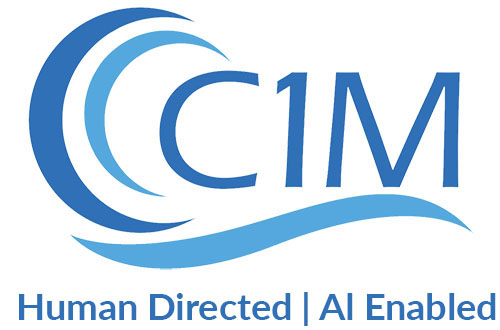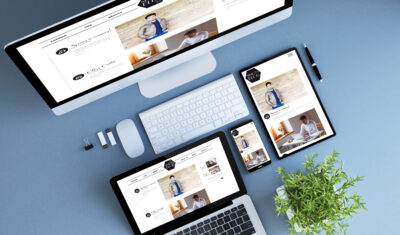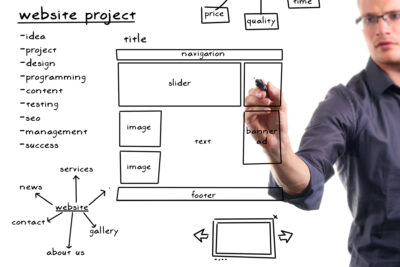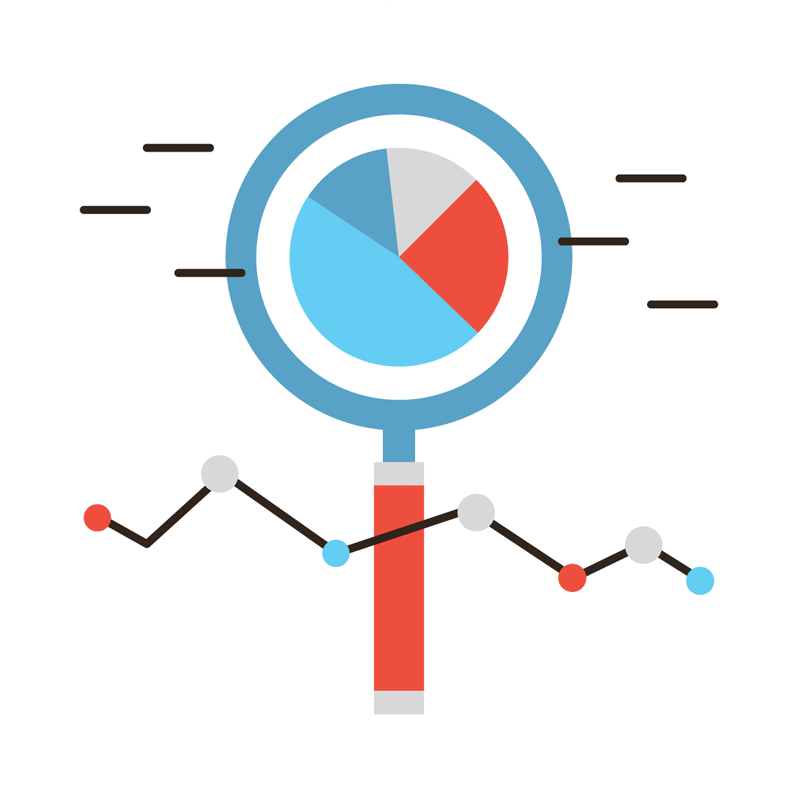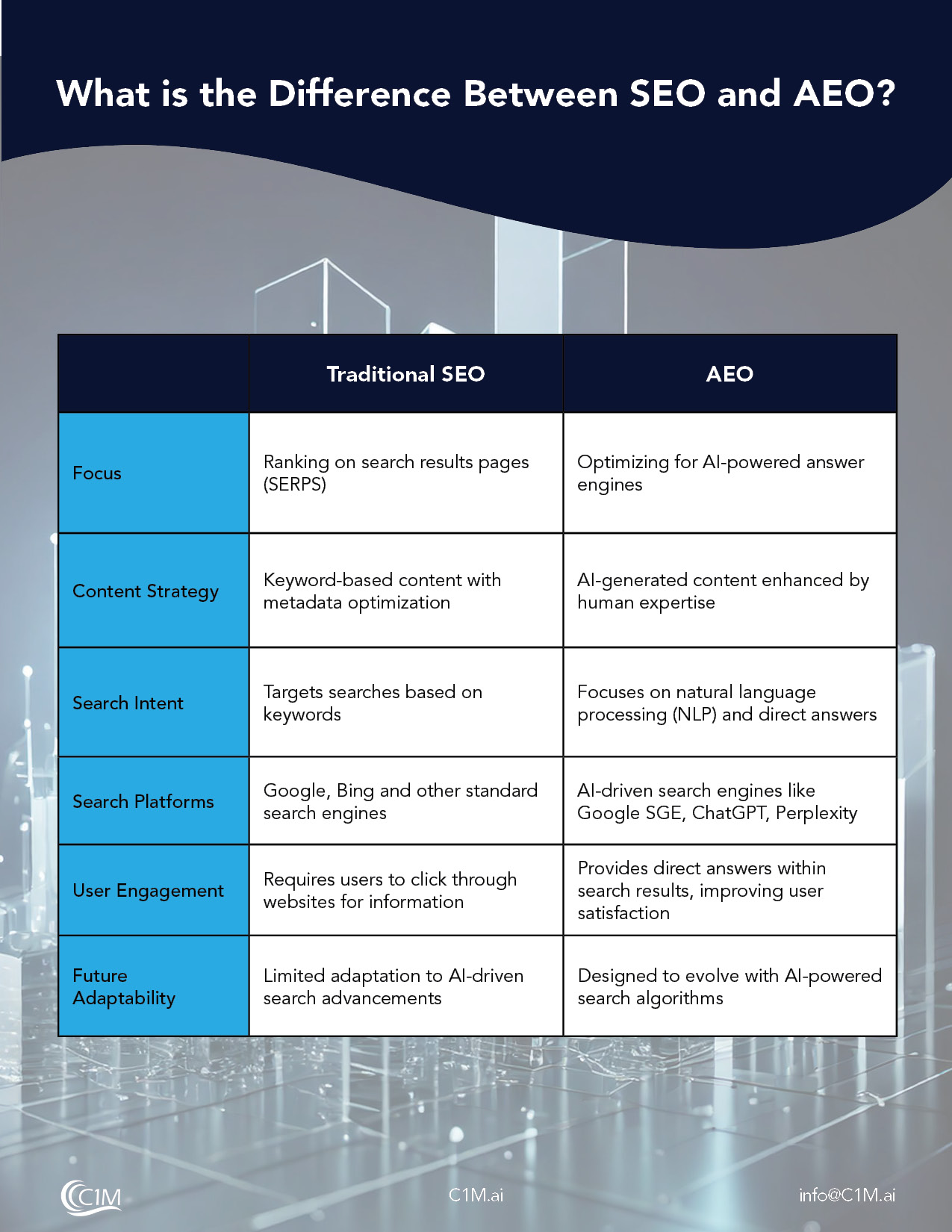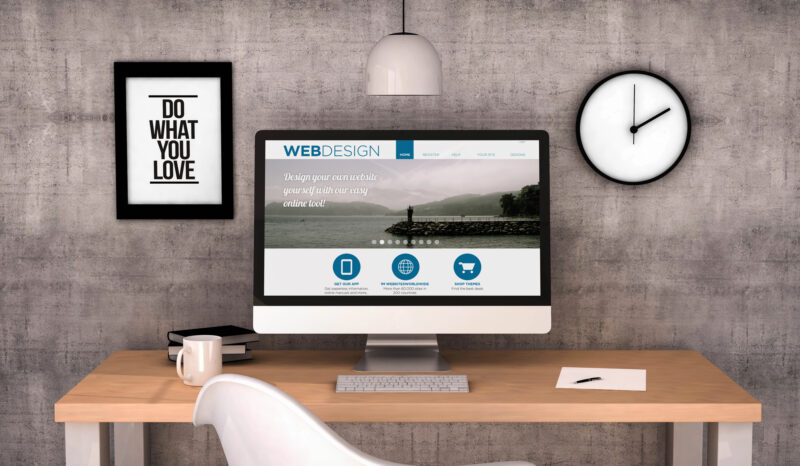
A great website starts with a thorough and heavily researched website design and content plan. As of 2024, there are 1.09 billion websites on the internet – with a new website being built every three seconds. Therefore, connecting with your target audience through an exceptional website design and content strategy is crucial.
Furthermore, the website design process is more than content production and a snappy overall design with eye-catching graphic elements. Behind the scenes, there is a suite of important elements that will attract more site visitors and, more importantly, attract future customers.
From the product design process that showcases your brand in the best possible light, to the journey mapping research that will shape your website’s information architecture, here are the fundamentals of brilliant website design.
Table of Contents
What is the Content in Website Design?
Which Comes First – Website Design or Content Design?
What is the Difference Between UX design and Content Design?
Best Practices for Balancing Design and Content
What Are the Five Major Components of a Web Page?
What Content Should Be on a Website?
Tips for Designing and Creating Websites
Contact C1M for the Best Website Design and Content Strategies
What does web design entail?
Web design refers to creating a website’s functionality, visual aspects, and content, focusing on creating an attractive user interface and positive user experience. Good content design aspects such as images, color schemes, fonts, and other key elements that align with a brand are essential. But let’s not forget more practical and useful elements are also important, like page load speed and screen size optimization.
The end goal is to create a web design that users can navigate easily and aligns with your brand values. Relevant information to enhance website traffic and attract and keep prospective customers is another foundational building block of web design. Therefore, when combined, all these key aspects create a website that stands out for customers, and for search engines.
What is the content in website design?
When most people think of content, they tend to think of written content created by content writers that will fill every web page. However, content production is a lot more than straightforward text alone. The modern definition of content design includes all visual and written aspects of a website that matter. These include images, videos, overall layout, font choice, font size, and even unseen elements like “white space,” the amount of space between visual elements like images or text.
Today’s content designers don’t just create relevant and informative text for every web page. Instead, content designers focus on the entirety of the visual design, from the layout of each web page, to putting the most important elements of the brand and the website front and center.
Which comes first – website design or content design?
When it comes to overall web design, web designers, graphic designers, and web developers generally start a new website with one of two approaches: creating the content first or the web design first.
One web design approach isn’t necessarily a better idea than the other. In addition, different designers may launch an initial website and content design strategy in various ways.
- Design-first approach – This is when the design dictates the website structure and content that fits within the newly established framework of the website and the individual web pages. In this approach, designers will create the website template and determine how it should function. Then, the content is added to every web page based on the layout and space.
- Content-first approach- Conversely, a content-design-first approach builds the website design around the existing content. In this process, designers will use the content to dictate the functionality and framework of the website, as well as the layout of the individual web pages. For example, organizations that focus heavily on content marketing or product pages will likely want the website content itself to take priority and determine the website design process.
What is the difference between UX design and content design?
Two terms that are often used in the early stages of the design process are UX design and content design.
However, these two terms are very closely related. Furthermore, a UX designer focuses on the user journey and user engagement. This entails information architecture, user research, and the code required to create an overall website that is engaging and easy for users to navigate.
Content design principles are inherently similar, but content design tends to focus more on the text, images, videos, layout, and other graphics that will attract and retain users and customers. One of the primary goals of content design is to present the correct information to the right users and website visitors, so that they have access to the information and services they require.
Overall, the design process considers all these customer-facing and behind-the-scenes elements.
For example, you want a website that looks good on various devices, has a low bounce rate, and is easy for visitors to skim for the information they require. (The average time that visitors spend on a website is 54 seconds. For this reason, you want to ensure that searching for relevant information is not time- consuming.)
On the flip side, you want to pay attention to the aesthetic and informational value of the content design. A busy website with pop ups, unattractive content design, and web pages that are hard to navigate or hard to read (like putting small, neon-colored text on a black background), will make your customers lose interest fast., As a result, users will switch to a competitor’s website that is more attractive.
Getting a sense and balance for all these structural and customer-facing website elements is a challenging feat, and is it best accomplished with a website development expert to guide the way.
Best practices for balancing design and content in custom website design and development
Keep in mind that the following guidelines for website and content design are generalized. Therefore, the best way to turn an idea into a relevant and easy-to-navigate new website is individualized and based on your business, and your customers.
With that being said, there are a few best practices to follow when it comes to the website and content design process.
What are the five major components of a web page?
Virtually every web page has a few fundamental elements that allow users to easily navigate through the site and find the information they are looking for. These website elements are as follows.
- Header – The header should be consistent on every web page and feature your logo, navigation bar, and other critical elements of your brand identity (like font and color scheme.) This section should not be too wordy. However, it’s OK to include a single line of text if it’s relevant to your brand. (For example, a company slogan that is used in all of your content marketing.)
- Main content area – The main content area of every web page has text, images, videos, and other content blocks that serve as the “meat and potatoes” of the overall idea of your website.
- Sidebar – Sidebars can be optional, but they can also be helpful for a user to navigate through a web page. The side bar includes additional navigation options or information that should stand out in your overall content. (For example, links to product pages.)
- Footer – The footer has fundamental information that doesn’t necessarily need to be front and center, like contact information, business location, social media links, and copyright info.
- Call-to-action (CTA) – Call -to- action should have a prominent spot on every web page to turn website visitors into customers. CTA includes verbiage, buttons, and/or links that guide the user to take a preferred next step.
What content should be on a website?
Once you have the major components of your site accounted for, you can concentrate on creating the design and content for the individual pages within your website. These key website pages include the following.
Homepage – The homepage contains all your essential website content. This content should include an overview of your organization, a value proposition for customers, and other foundational elements that align with what your users are seeking.
About us – The about us page is an overlooked but still essential part of website content. It outlines your company’s basic information, desired team members, and core values.
Products/services – Products and/or services are essential to your website content, especially if you want to create a website that leads to measurable transactions. (There are tools available to help you create this constantly evolving and changing website content as your organizations introduce products or services.
Blog/resources – Educational content for audience engagement is imperative for both your users and search engines. You want to create website content that highlights your skill sets and positions your organization as an authority on topics related to your industry. Additionally, this naturally leads to better brand recognition, a better reputation, and higher rankings on complex algorithm-based websites like Google.
Contact information – You’ll also want to include easy ways for visitors to reach you and stay connected. When you create this website content, don’t just list an address, email, and phone number. It is important to include social media links, email newsletter sign-ups, and other ways to stay connected after the user’s website visit ends. .
Tips for designing and creating websites
The process of designing and creating websites is not set in stone. As technology advances, there are varying tools, approaches, and ideas to consider when crafting the best website for your distinctive organization.
Even so, there are a few tips to consider to ensure your business stands out on a crowded internet that’s chock full of websites.
Mix up your content
Text and images are the basic cornerstones of any website design. However, the best websites use a mixture of media to appeal to audiences of varying tastes. Video content, graphs, bulleted lists, and other visual elements will help you reach a larger audience simply by offering different ways to digest imperative information.
Make sure there’s easy access to what’s important
This process starts with researching what your ideal customers are searching for and ensuring that this information is front and center throughout your website.
Keep a constant eye on SEO
SEO should be a constant fixture in the design process and play a role in virtually every element of your website. There are tools available to ensure that SEO is accounted for in all the small elements that comprise websites – like headers, meta tags, titles, and even images – and an expert in website development like C1M can help ensure that your website is designed to be at the top of the search results.
Update content consistently and often
Interests, tastes, and subsequent search queries change, and the best websites continue to research and add relevant content long after the initial new website is launched. In other words, the content creation process is never stagnant.
Additionally, you should always add relevant and engaging new content to the conversation. Including a blog on your website is a great way to check this box, as you can constantly add images, stories, promotions, video content, and other information as it arises. Best of all, a website that is updated with new and relevant content helps capture and keep the attention of search engines, which ensures that your website stays prominent while it builds a reputation.
Explore advanced tools for website and content creation
AI is revolutionizing the game when it comes to research, website design, and content creation. However, you’ll need an expert on how to implement these various tools if you are new to the realm of AI technology (which most people are.) Again, C1M is a valuable resource in this sphere, especially when it comes to revenue-boosting tools and initiatives like AI-powered SEO.
The best website design and content strategies start with C1M
With so many moving parts to research and design to perfection – while ensuring substantial website traffic – it’s understandable that many small businesses and companies simply don’t have the bandwidth to create, design, and launch a comprehensive website.
So, as you begin your journey to creating an optimal website, many factors need to be included to achieve your marketing efforts. Starting with research and design, your business can ensure a strong foundation which will help with website traffic. Creating a website that achieves results takes a lot more effort than using ready-made website design templates.
This is where C1M can make the journey easier. We are experts at building websites from the ground up, constantly focusing on maintaining and highlighting your brand and ensuring that your website doesn’t get lost in a crowd.
Reach out to us today for a free consultation. We can discuss all your questions about website design, upgrades, or maintenance. With an expert team behind the scenes, you can develop a website that skyrockets past your competitors in the search engine rankings and results in measurable attention and measurable revenue.
Ready to see how effective website design and content strategies can help increase your business growth?
